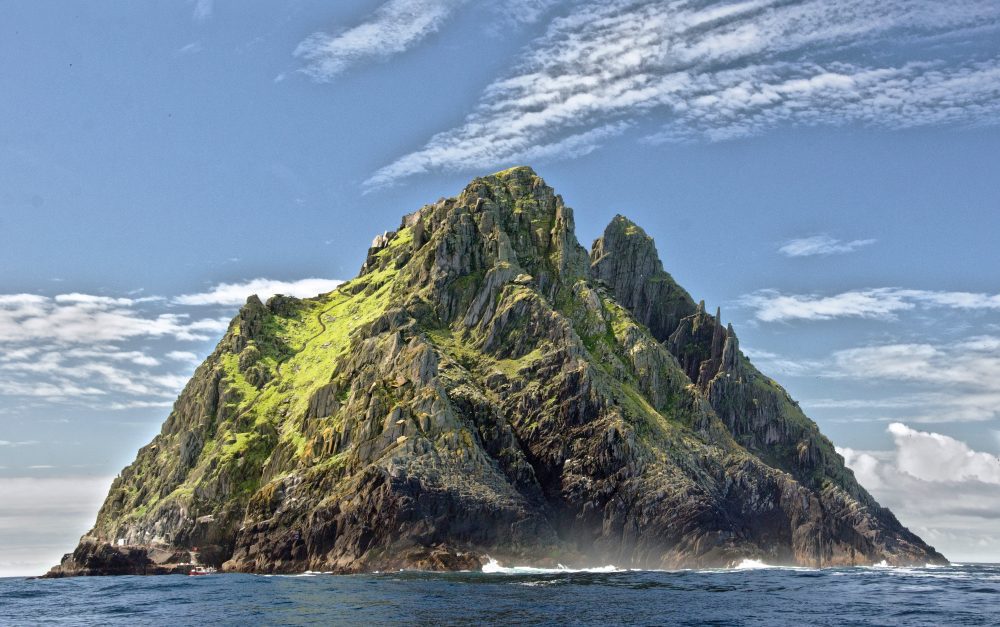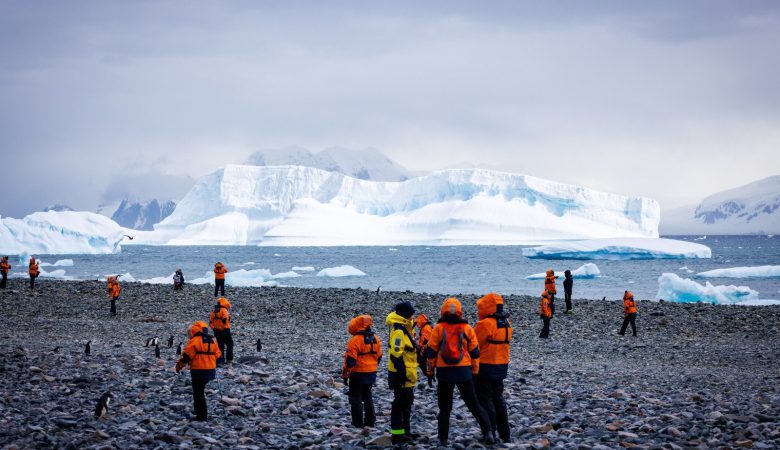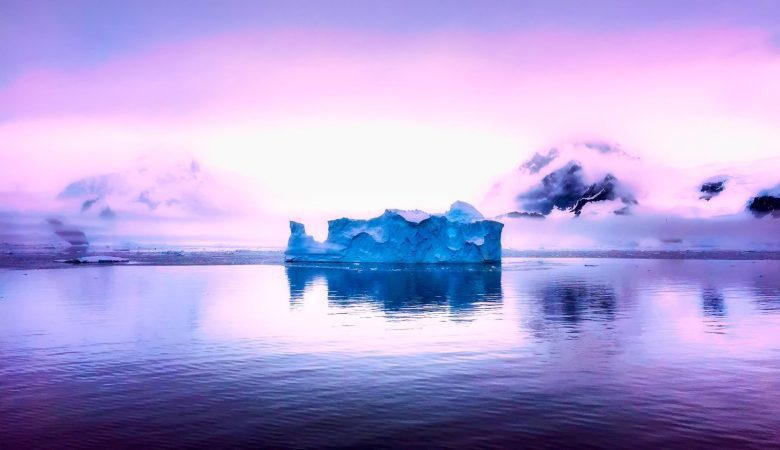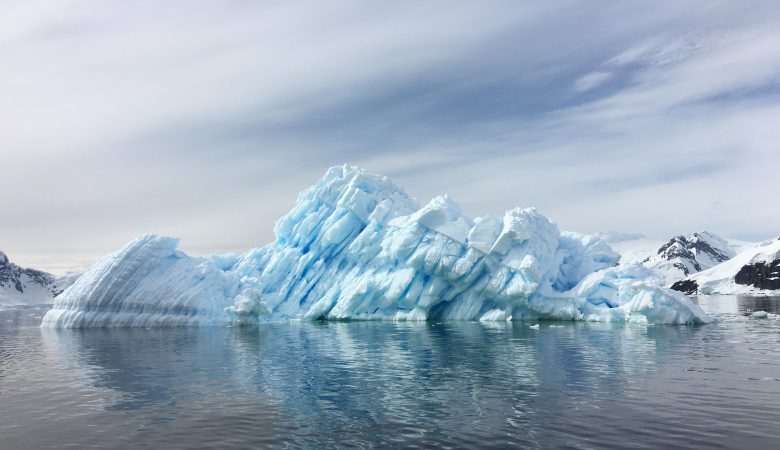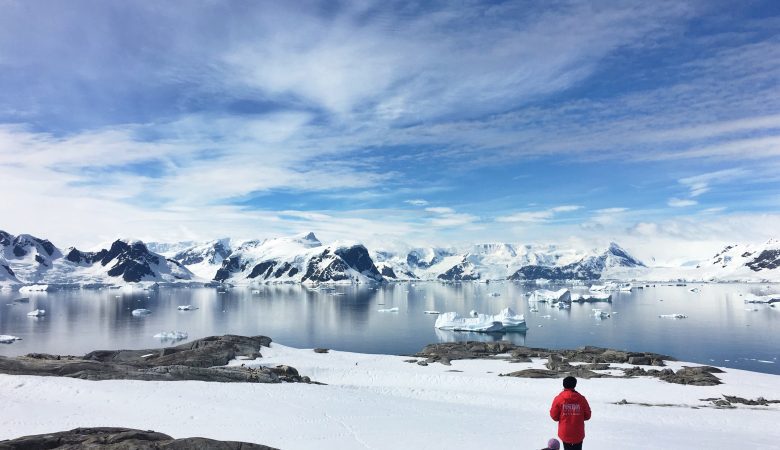King George Island, located in the South Shetland Islands of Antarctica, is an isolated and harsh environment that has a fascinating history. Once a remote whaling station during the early 20th century, it has now transformed into a thriving research base for scientists from all over the world. Join us as we delve into the captivating story of King George Island’s past and present, exploring its transformation from a hub for commercial whaling to one of the most important scientific outposts on Earth.
The Early History of King George Island
King George Island has a rich and fascinating history, dating back to the early 19th century. The island was named after King George III of England by British explorer William Smith in 1819. It quickly became an important location for explorers and whalers due to its strategic position between South America and Antarctica.
During this time, the island served as a stopping point for expeditions heading south towards Antarctica. In fact, many famous Antarctic explorers such as Robert Falcon Scott and Ernest Shackleton used King George Island as a base camp before venturing further south.
In addition to serving as an exploration hub, King George Island also played a role in the fur seal trade during the mid-1800s. Russian and American seal hunters would travel to the island to harvest fur seals for their valuable pelts.
Despite being remote and isolated, King George Island has had an interesting past full of adventure, discovery, and exploitation. However, it wasn’t until later that it became known for something entirely different – scientific research!
The Whaling Era
King George Island has had a long and complex history, with one of its most notable periods being the whaling era. From the late 19th century to the mid-20th century, King George Island was a hub for commercial whaling operations.
Whale oil was in high demand at this time as it was used for lighting, lubricating machinery, and making soap. This led to an increase in whale hunting that quickly depleted populations of whales around Antarctica. The island’s location made it accessible to several species of whales like humpback, blue and sperm whales.
The impact on these populations became increasingly clear as whale numbers began to decline drastically. By 1930 almost all species were hunted close to extinction leading many countries formulating policies against commercial whaling.
Despite this awareness growing throughout much of the world about the devastating effects caused by commercial whaling practices there were still some stations operating until they closed permanently in 1966.
Although remnants from this period still remain visible today with abandoned buildings and equipment scattered across various sites – now considered important historical landmarks.
The Modern Era
The modern era of King George Island has seen a significant shift in its purpose and function. Today, it is home to several research bases from different countries, studying various fields such as geology, biology, and meteorology. These research stations have played an essential role in advancing our knowledge about the Antarctic region.
One of the most prominent research stations on King George Island is the Bellingshausen Station operated by Russia. It was established in 1968 and named after Admiral Thaddeus Bellingshausen, who discovered Antarctica in 1820. The station conducts studies on glaciology, seismology, meteorology, oceanography among others.
Another notable base is the Great Wall Station run by China since 1985. It serves as a hub for conducting ecological and geological environmental monitoring programs focused on climate change adaptation and biodiversity conservation.
Besides these two stations mentioned above are other scientific outposts owned by Chilean Air Force (Base Presidente Eduardo Frei Montalva), Uruguay (Artigas Base) Poland’s Henryk Arctowski Station as well as Ecuador’s Pedro Vicente Maldonado Base among others.
With more nations looking forward to conducting their studies here at this natural laboratory has put King George island into being one of the busiest places down south below latitude 60°S
The Early History of King George Island
King George Island, located in the South Shetland Islands of Antarctica, has a rich and fascinating history. The island was first sighted by British explorer William Smith in 1819 but it wasn’t until the early 20th century that it became a focal point for whaling.
During this time, several countries established whaling stations on King George Island including Norway, Chile and Argentina. These stations were used to process whale oil which was highly prized at the time as a fuel source for lamps and other machinery.
As demand for whale oil declined in the mid-20th century due to alternative energy sources being discovered, many of these whaling stations were abandoned. Today, visitors can still see remnants of these once-thriving operations such as rusted equipment and old buildings.
In addition to its role in the whaling industry, King George Island also played an important part in scientific research. In 1953, Chile established a meteorological station on the island which later became known as Base Presidente Eduardo Frei Montalva.
Since then, several other countries have established research bases on King George Island including Russia’s Bellingshausen Station and China’s Great Wall Station. These bases are used to study everything from climate change to marine biology.
King George Island has a unique history that spans centuries from its early discovery by explorers through its role as a vital location for both commercial whaling and scientific research.
The island as a whaling station
King George Island, located in the Southern Ocean, has a long and fascinating history as a whaling station. The island was home to several whaling companies that operated during the early 20th century. These companies sought to harvest whales for their oil, which was used for lighting and lubrication.
Despite harsh weather conditions and dangerous seas, these whalers persevered in their efforts to capture whales. They utilized specialized equipment such as harpoons and steam-powered winches to haul in their catch. Once ashore on King George Island, they would extract the valuable oil from the whale blubber.
However, this industry came with a heavy price tag. Whales were hunted indiscriminately without any regard for conservation or sustainability. This led to a drastic decline in whale populations around King George Island and beyond.
Today, visitors can still observe remnants of this tragic chapter of King George Island’s history scattered throughout its landscape; rusted boilers from processing plants are reminders of past devastation caused by commercial whaling activities on this once-beautiful island.
The island as a research base
Today, King George Island has become one of the most important scientific research bases in Antarctica. The island is home to various research stations including Chile’s Escudero Base, Russia’s Bellingshausen Station, and China’s Great Wall Station among others.
Scientists from all over the world come to King George Island for their studies. They conduct research on climate change, marine biology, glaciology and other fields that are critical to understanding our planet better.
King George Island also serves as a gateway to other parts of Antarctica. It is where many scientists begin their journey before heading further south or west towards their final destination.
From its humble beginnings as a whaling station to becoming an essential hub for scientific exploration in Antarctica, King George Island has come a long way. Its rich history and fascinating stories continue to capture the imagination of people worldwide.
Who knows what more we will discover about this beautiful island in the years ahead?

